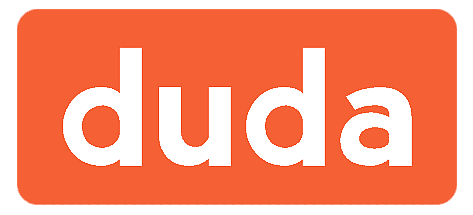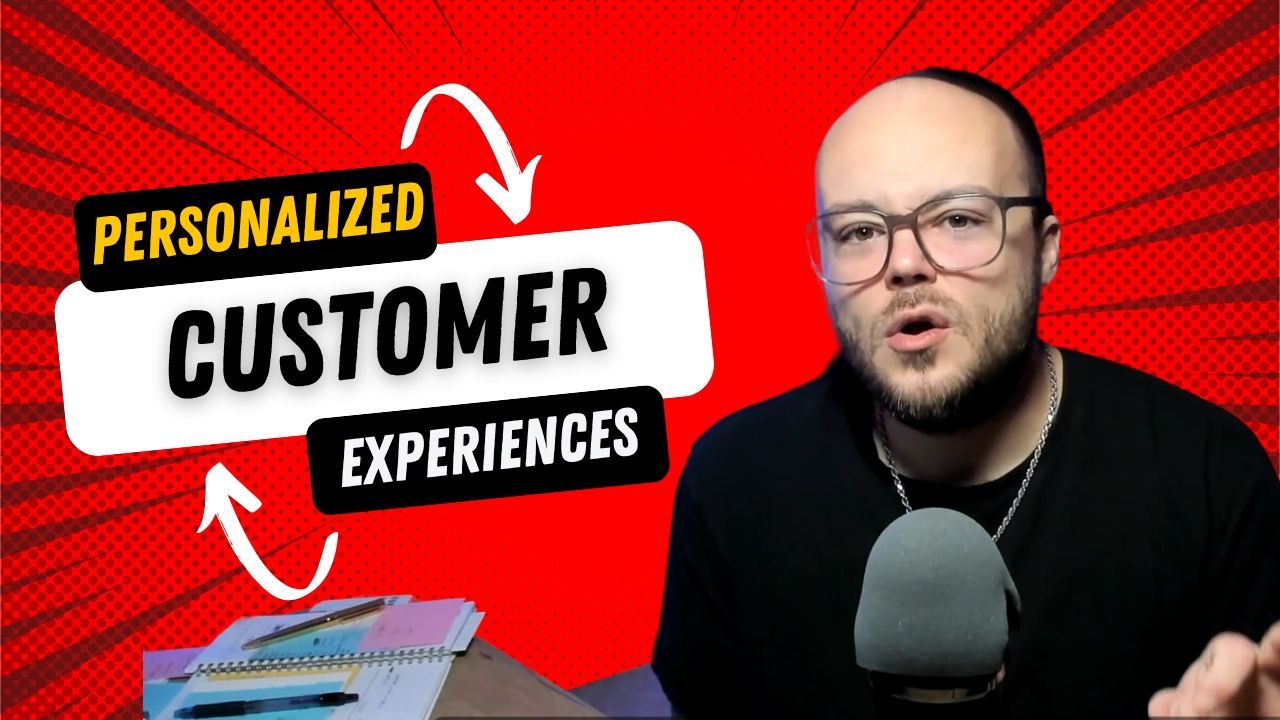Competitor Analysis in SEO: Boost Your Rankings
In the digital age, achieving and maintaining top search engine rankings is crucial for business success. However, the competition is fierce, and simply optimizing your website isn’t enough to stay ahead. This is where competitor analysis in SEO comes into play. By understanding what your competitors are doing well and where they fall short, you can refine your own SEO strategies, discover opportunities, and boost your rankings.
Competitor analysis services in SEO involves evaluating the keywords, backlinks, on-page elements, and technical strategies that competitors use to gain higher visibility. This comprehensive approach provides insights into how to surpass them in search results and drive more organic traffic to your website.
Key Elements of SEO Competitor Analysis
1. Keyword Analysis and Gap Identification
One of the first steps in SEO competitor analysis is examining the keywords your competitors are ranking for and identifying keyword gaps. Keyword analysis helps you discover terms that are bringing traffic to their sites but might not be part of your current strategy. By identifying these gaps, you can target new keywords and expand your content strategy, capturing potential traffic that may have previously gone to your competitors.
Tip: Look for long-tail keywords that your competitors rank for, as they often have lower competition and higher conversion potential.
2. Backlink Profile Comparison
Backlinks are a significant factor in search engine ranking algorithms. Analyzing the backlink profile of your competitors can help you understand which sites are linking to them and why. By examining their backlinks, you can identify potential link-building opportunities for your own site. The goal is to find high-authority websites that could link to your content, boosting your site's credibility and authority.
Tip: Pay attention to the type of content that attracts the most backlinks, as it could inspire new, link-worthy content for your site.
3. On-Page and Technical SEO Evaluation
While keywords and backlinks are essential, on-page and technical SEO should not be overlooked. Analyzing competitors' on-page SEO involves looking at elements such as meta titles, meta descriptions, header tags, and content structure. Technical SEO focuses on the performance of their sites, including site speed, mobile responsiveness, and URL structure.
By evaluating these elements, you can identify best practices that your competitors use and areas where you can do better to improve your own SEO health.
How to Conduct an SEO Competitor Analysis
Tools and Techniques for Keyword and Backlink Research
To perform a thorough SEO competitor analysis, you’ll need to use tools that provide insights into keyword rankings, backlink profiles, and site performance. Some of the most effective tools for this purpose include:
- Ahrefs or SEMrush: Ideal for analyzing keywords, backlinks, and competitor strategies.
- Moz: Great for tracking keyword performance and domain authority.
- Google Search Console: Useful for tracking your own search performance and identifying trends.
Steps for Analyzing Content and Site Structure
- Identify Your Top Competitors: List your direct competitors and those ranking for keywords you’re targeting.
- Review Their Keywords: Use keyword research tools to find out which terms they rank for and how much traffic they bring.
- Analyze Their Content: Review the type of content they produce (e.g., blogs, guides, videos) and note the format and engagement metrics.
- Evaluate Their Backlink Profile: Check which websites are linking to them, the type of content linked, and opportunities for similar backlinks.
- Assess On-Page and Technical SEO: Look at their site speed, mobile responsiveness, and how well-optimized their pages are for search engines.
Actionable Tips for Using Findings
Implementing Changes Based on Insights
Once you’ve gathered and analyzed the data, it’s time to put those insights to work. Start by prioritizing the keywords where you have the best chance of ranking higher and create content specifically targeting those terms. Adjust your on-page SEO elements, such as titles and descriptions, to better match user intent and improve CTR (click-through rate).
Improving SEO Content Strategy and Link-Building Efforts
- Content Strategy: Develop high-quality, comprehensive content that fills keyword gaps and provides value that competitors may lack. Ensure your content is well-structured, relevant, and optimized with target keywords.
- Link-Building: Reach out to websites that link to your competitors' content with better or updated versions of that content, encouraging them to link to your site instead.
Conclusion
Competitor analysis in SEO is not just a one-time task but an ongoing practice that keeps you ahead of the curve. By regularly assessing what your competitors are doing and refining your strategy based on those insights, you can consistently improve your site’s visibility, attract more organic traffic, and ultimately boost your rankings. Integrate competitor analysis into your regular SEO efforts, and watch as your website climbs the search engine results pages.
Start incorporating competitor analysis into your SEO strategy today and gain the competitive edge needed to thrive in your industry.
Joshua Lee Bryant
Marketing | SEO | Web Design - Affordable All-In-One Solutions For Small-Large Businesses Looking To Obtain More Customers.

Let's Grow Your Business | Side by Side
Behind every thriving business is a strong strategy—and a trusted advisor. My consulting services offer expert insight, personalized guidance, and a collaborative approach that puts your goals first. Whether you're just starting or scaling up, I’ll help you move forward with clarity and confidence.
Your next step is just one conversation away.


Book a Free Consultation
Ready To Accelerate Your Business To New Heights? I'm here to help. Fill out this form and I will promptly reach out to you for a Free Consultation!
















